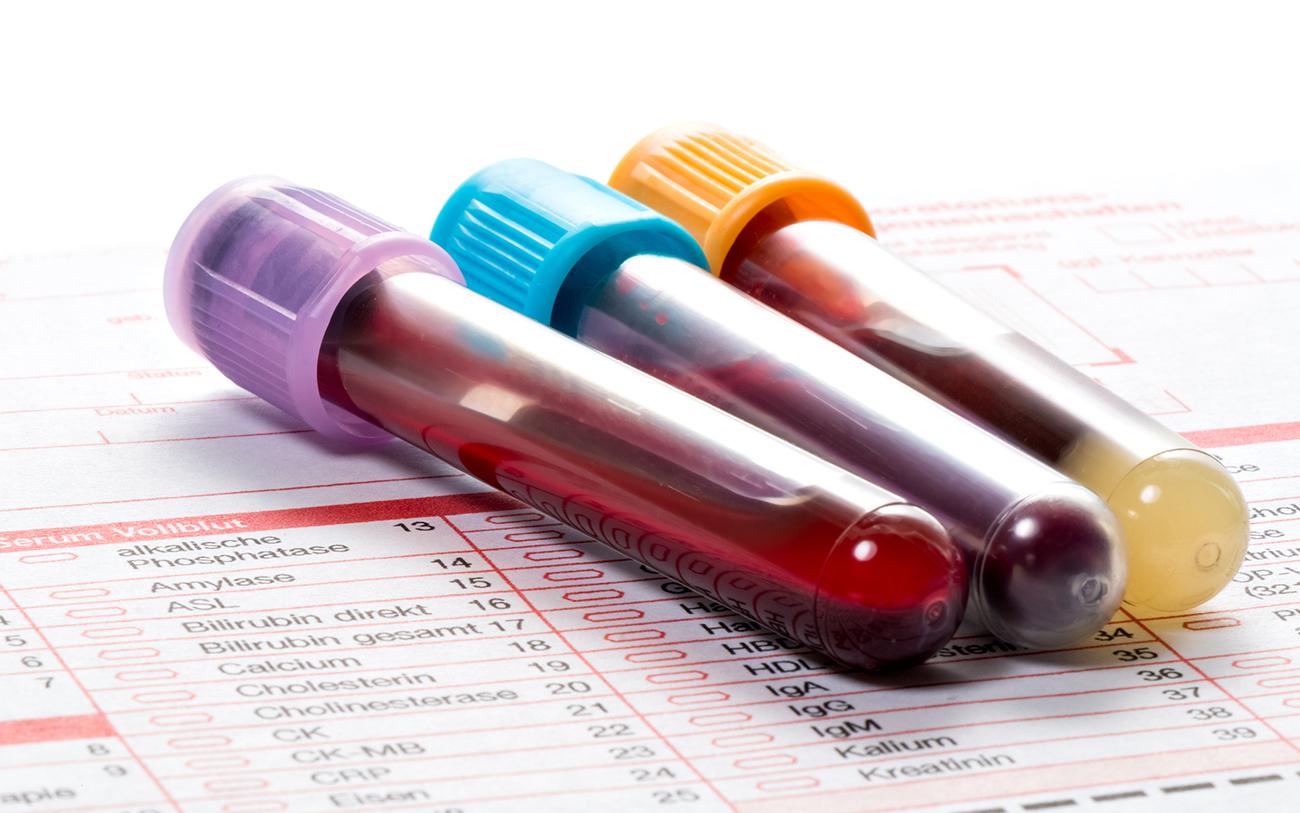Measurable Residual Disease Assessed Post-Transplantation in Acute Lymphoblastic Leukemia
By LabMedica International staff writers
Posted on 07 Nov 2019
The detection of residual disease by techniques more sensitive than light microscopy is called measurable residual disease (MRD) and is an important prognostic marker, which dictates outcome of disease. Assessment of measurable residual disease (MRD) is rapidly transforming the therapeutic and prognostic landscape of a wide range of hematological malignancies.Posted on 07 Nov 2019
Its prognostic value in acute lymphoblastic leukemia (ALL) has been established and MRD measured at the end of induction is increasingly used to guide further therapy. Although MRD detectable immediately before allogeneic hematopoietic cell transplantation (HCT) is known to be associated with poor outcomes, it is unclear if or to what extent this differs with different types of conditioning.

Illustration
An international team of hematologists and their colleagues led by Hammersmith Hospital (London, UK) carried out a multicenter, retrospective registry analysis of outcomes of 2,780 patients (median age 38 years, range 18–72) from 301 transplant centers who underwent first HCT in complete remission between 2000 and 2017 using sibling or unrelated donors. The team explored whether measurable residual disease (MRD) before allogeneic hematopoietic cell transplantation (HCT) for ALL is associated with different outcomes in recipients of myeloablative total body irradiation (TBI)-based versus chemotherapy-based conditioning. The presence of Philadelphia chromosome status was collected.
The scientists reported that in 1,816 of patients, no disease was detectable, and in 964 patients, MRD was positive. Conditioning was TBI-based in 2,122 (76%) transplants. In the whole cohort MRD positivity was a significant independent factor for lower overall survival (OS) and leukemia-free survival (LFS), and for higher relapse incidence (RI), with respective hazard ratios (HR) of 1.19, 1.26, and 1.51. TBI was associated with a higher OS, LFS, and lower RI with HR of 0.75, 0.70, and 0.60, respectively.
No significant interaction was found between MRD status and conditioning. When investigating the impact of MRD separately in the TBI and chemotherapy-based conditioning cohorts by multivariate analysis, they found MRD positivity to be associated with lower OS and LFS and higher RI in the TBI group, and with higher RI in the chemotherapy group. TBI-based conditioning was associated with improved outcomes in both MRD-negative and MRD-positive patients.
The authors concluded that they had confirmed that patients who are MRD-negative prior to HCT achieve superior outcomes. This is particularly apparent if TBI conditioning is used. All patients with ALL irrespective of MRD status benefit from TBI-based conditioning in the myeloablative setting. The study was published on October 23, 2019, in the Journal of Hematology & Oncology.
Related Links:
Hammersmith Hospital










 (3) (1).png)



